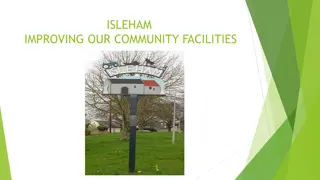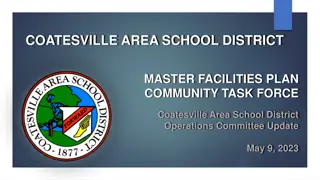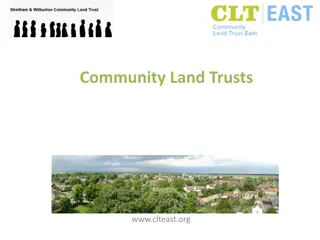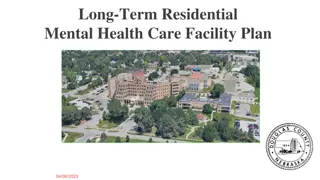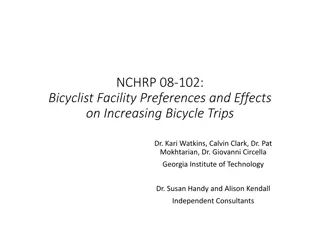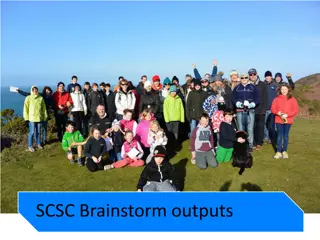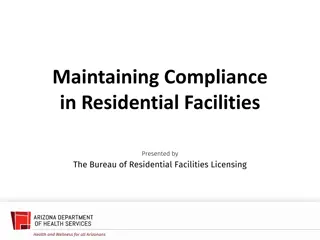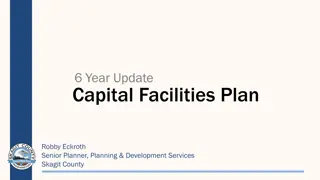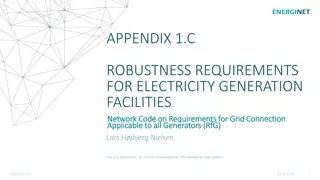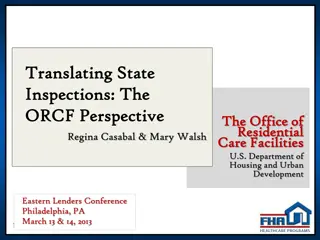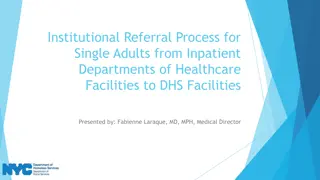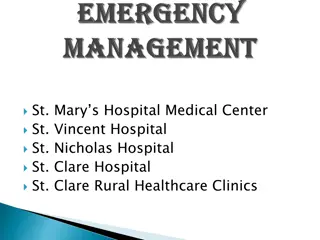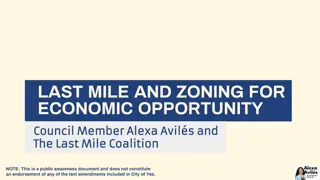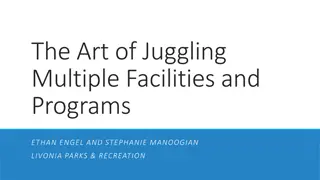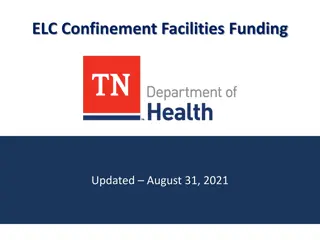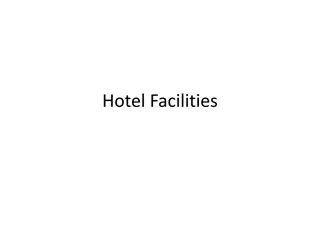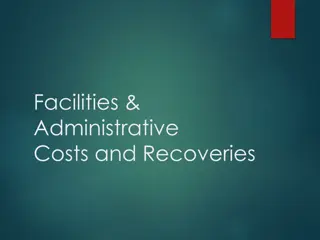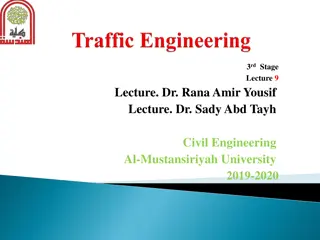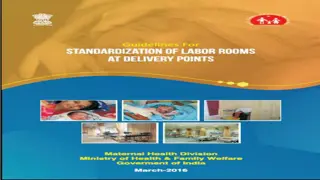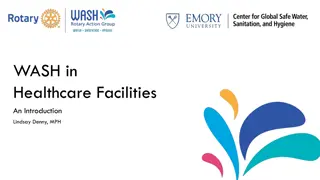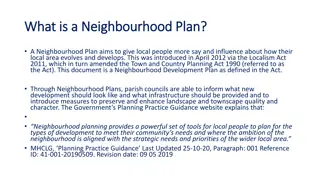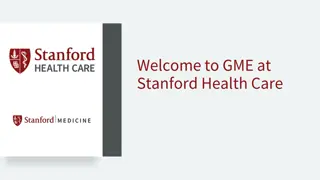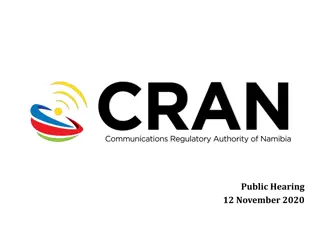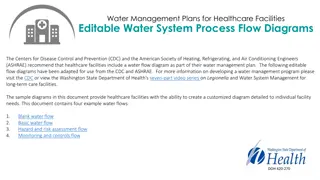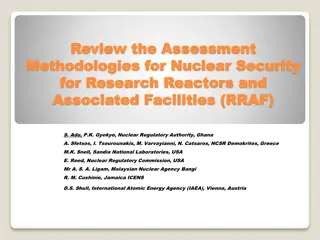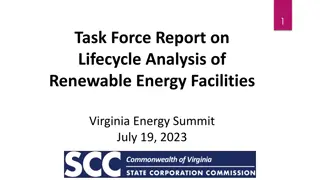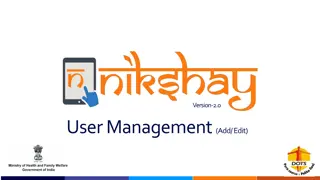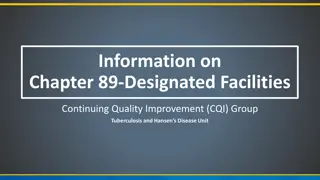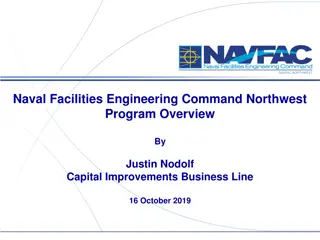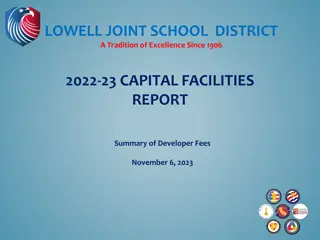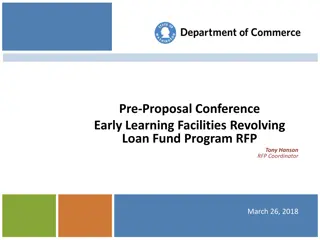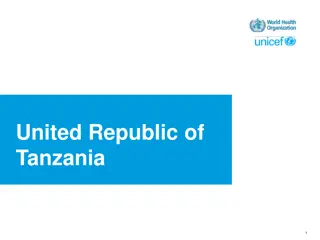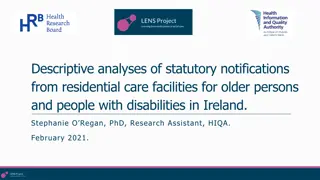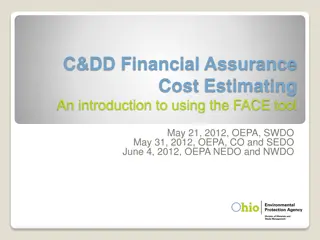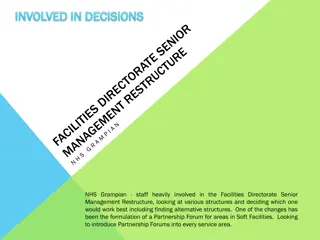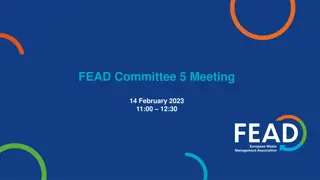Understanding Essential Community Facilities
Essential community facilities provide vital services in rural areas, being functions typically handled by local governments. Eligible facilities must operate on a non-profit basis and have community support. Eligible applicants include public bodies and non-profit organizations with ties to the local community. Funds can be used for various purposes such as construction, renovation, and purchasing essential equipment.
Download Presentation

Please find below an Image/Link to download the presentation.
The content on the website is provided AS IS for your information and personal use only. It may not be sold, licensed, or shared on other websites without obtaining consent from the author. Download presentation by click this link. If you encounter any issues during the download, it is possible that the publisher has removed the file from their server.
E N D
Presentation Transcript
What Is An Essential Community Facility? Provides an essential service to the local community the service must be a function customarily provided by a local unit of government. Must be a public improvement needed for the orderly development of a rural community. All facilities must be for public use and be located in an eligible rural area.
An Eligible Facility Must Be: A function customarily provided by a local unit of government Operated on a non-profit basis Able to demonstrate significant support (N/A for Public Bodies)
Eligible Rural Areas Cities, towns, and census designated places (CDPs) with populations of 20,000 or less according to the latest decennial census of the United States. There is no limitation placed on population in unincorporated rural areas, with the exception of CDP s.
Eligible Applicants PUBLIC BODIES Such as: municipality county district authority, or, other political subdivision of a state
Eligible Applicants NON-PROFIT ORGANIZATIONS An organization operated on a not-for-profit basis, such as an association, cooperative, or private corporation. Need to provide organizational documents to demonstrate nonprofit status.
Nonprofit Corporations Must have significant ties to local community To ensure that a facility under private control will carry out a public purpose Facility will continue to primarily serve rural areas Elected officials support the project
How Can Funds Be Used? Eligible Loan Purposes Purchase real estate/buildings Construction, expansion, or renovations, to essential community facilities Purchase vehicles and major equipment
Eligible Loan Purposes Purchase an existing facility to improve or to prevent a loss of service; Construct buildings, roads, bridges, day care facilities, hospitals, medical clinics, public safety facilities, city halls, court houses, etc. Finance anything essential for orderly community development except recreational facilities
Loan Terms Up to 40 years dependent upon the useful life of the security and repayment ability. Principal can be deferred for up to 3 years to allow facility to become operational.
Interest Rates (as of July 1, 2017) Present rates (subject to change quarterly): Market - 3.250% (above $49,785) Intermediate -3.875% ($39,828 - $49,785) Poverty - 4.500% (below $39,828) NOTE: Rates based on applicant s median household income as shown in the 2010 Census Data. The Poverty rate involves alleviating an existing health or sanitary problem.
Maximum Loan Amount Up to 100% of eligible project costs subject to: Adequate security Ability to repay Applicant s authority to borrow Availability of funds
Security Public Bodies revenue bonds general obligation bonds special assessment bonds promissory notes real estate mortgages Non-Profit Corporations promissory notes real estate mortgages financing statements security agreements revenue anticipation bonds
A few pointers: Contact USDA early If the request involves any construction or renovation, you will need an Architect Any construction method other than design/bid/build will need National Office concurrence A financial feasibility report will be required. An examination opinion from a CPA may also be required. Some projects may include Historic Preservation involvement
USDA Georgia Community Facilities Loan Case Study 2016 City of Vienna, GA USDA Rural Development Community Facility direct loan of $858,525 Project Description: Rural Development funds will be used to purchase the existing building that houses its Fire Department. The City currently leases the building from a private, non- profit company. Loan Terms: 20 years at 2.8750 percent USDA is an equal opportunity provider, employer, and lender.
USDA GEORGIA AREA OFFICES Cartersville 770-386-3393 Monroe 770-267-1413 Cartersville Monroe Fort Valley 478-827-0016 Sandersville Sandersville 478-552-0901 Fort Valley Tifton 229-382-0273 Douglas Douglas 912-384-481 Tifton
Contact Information USDA Georgia Rural Development Contacts: Jack Stanek, Acting State Director Jack.Stanek@ga.usda.gov (706) 552-2568 Kathy L. Ross, Acting Community Programs Director Katherine.ross@ga.usda.gov (706) 546-2171 Reggie Taylor, EDFP Community Development Specialist Reggie.Taylor@ga.usda.gov (706) 552-2557 Georgia USDA webpage http://www.rd.usda.gov/ga



